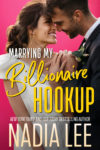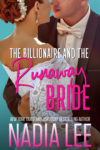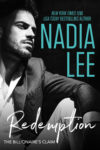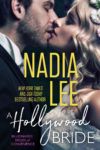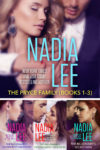15
| Jan 2009 |
 Lawrence Block wrote in Writing the Novel: From Plot to Print, “If you want to write fiction, the best thing you can do is take two aspirins, lie down in a dark room, and wait for the feeling to pass.”
Lawrence Block wrote in Writing the Novel: From Plot to Print, “If you want to write fiction, the best thing you can do is take two aspirins, lie down in a dark room, and wait for the feeling to pass.”
Why?
Because it's very very difficult to write a novel.
If Block's advice fails to change your mind, then start writing. But even as you embark on your journey, read the following books to learn your craft and get some inspiration along the way.
When you've written your first novel, then read the following books:
- Self-Editing for Fiction Writers: How to Edit Yourself into Print
- How To Be Your Own Literary Agent: An Insider's Guide to Getting Your Book Published
As you repeat the process over and over again, don't forget to have a little sense of humor and learn to prioritize and put things in perspective. It's OK to get a rejection (or two or three…or…a million) on your first novel. Most people don't sell their first novel anyway. Think of this as a learning opportunity, a journey to self-discovery.
And always remember that you're a writer and that writers write.












